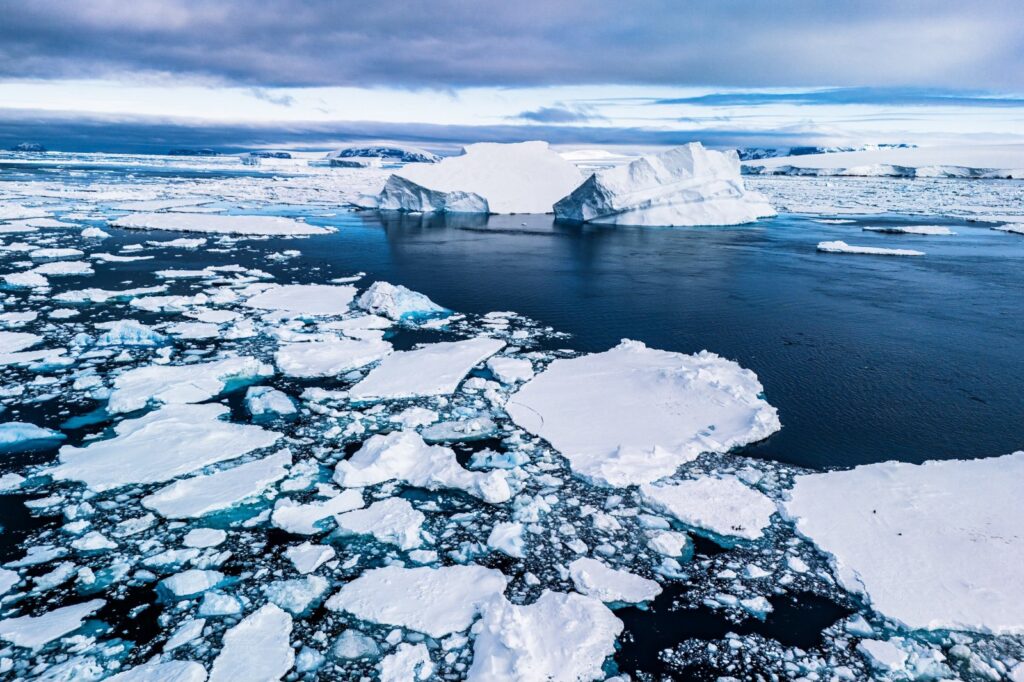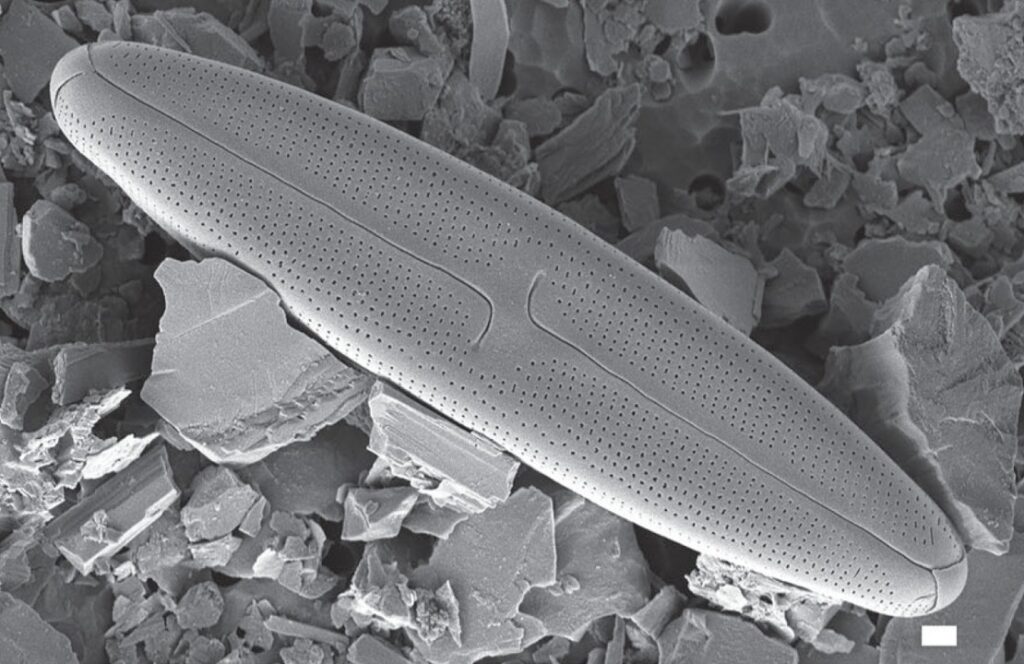
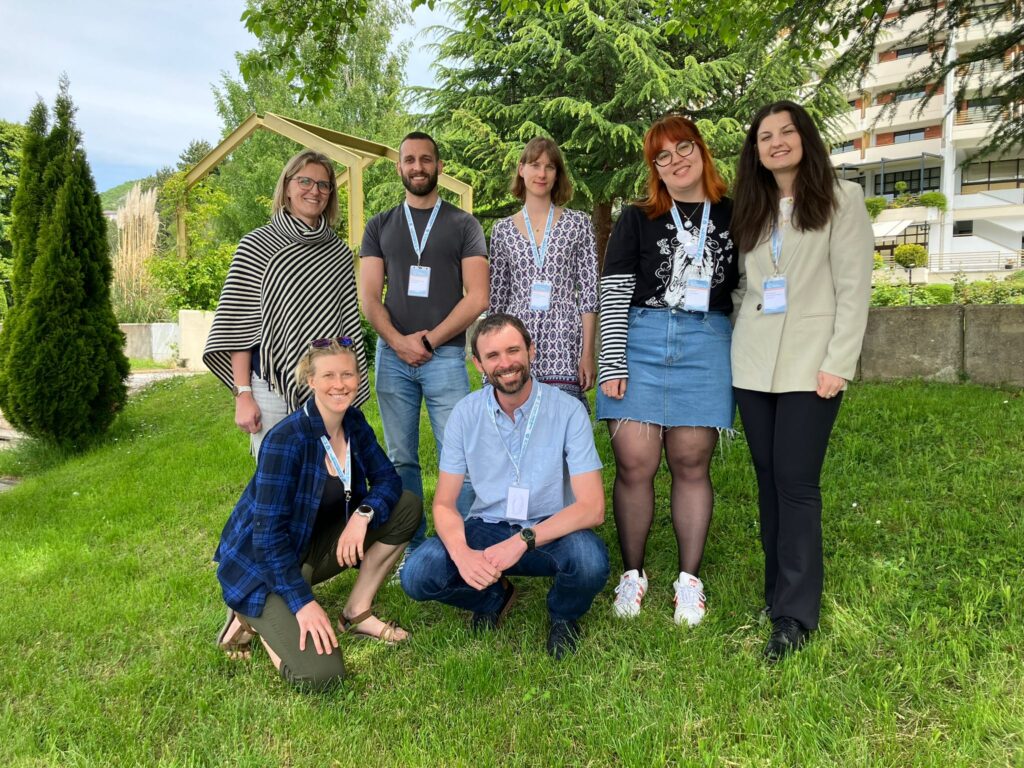
About us
Diatoms in Cryospheric Ecosystems (abbreviated as “DiCE”) is a research group established in 2022 by Kateřina Kopalová, Tyler J. Kohler, and Jan Kollár at the Department of Ecology, Charles University, Prague. DiCE studies the diversity, ecology, and evolution of diatoms (and occasionally other microbes) within the shifting cryospheric ecosystems of Earth’s alpine and polar regions.
What are diatoms?
Diatoms are single-celled eukaryotic algae with glass cell walls and are found almost everywhere liquid water is available. Because of their high diversity, species-specific tolerances to environmental conditions, and ubiquity across the Earth, diatoms make ideal model organisms for answering some of the biggest questions in ecology and evolutionary biology. Being primary producers, they also form the base of many foodwebs, and thus changes in their abundance and community structure have far-reaching functional implications for ecosystems.
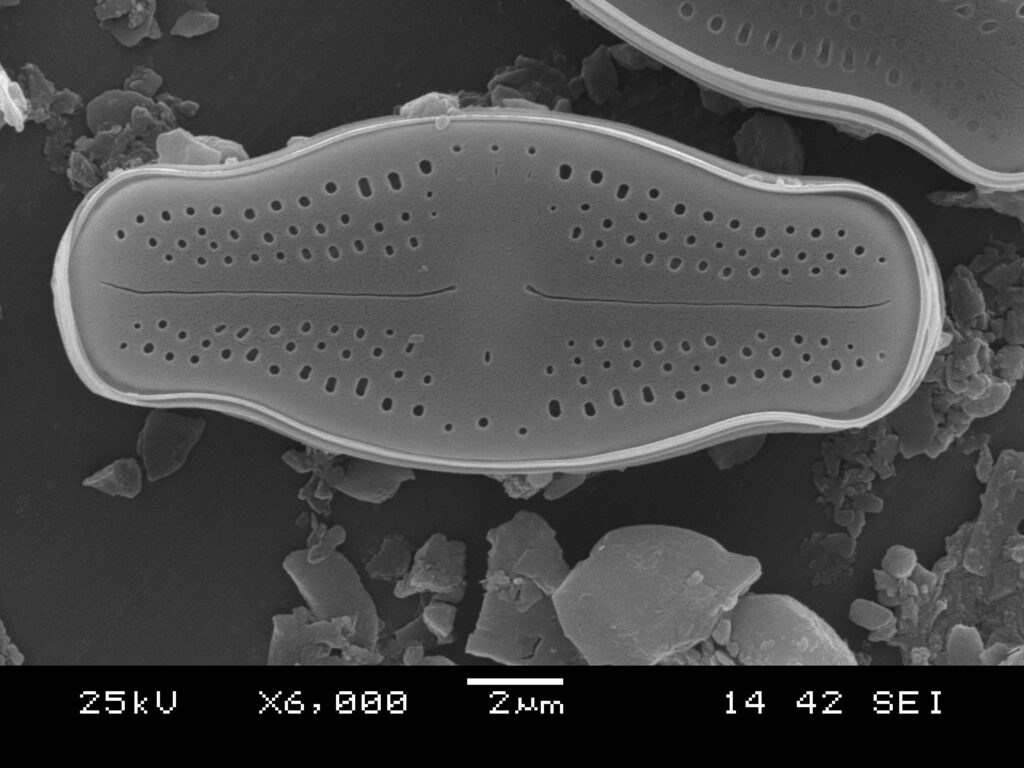
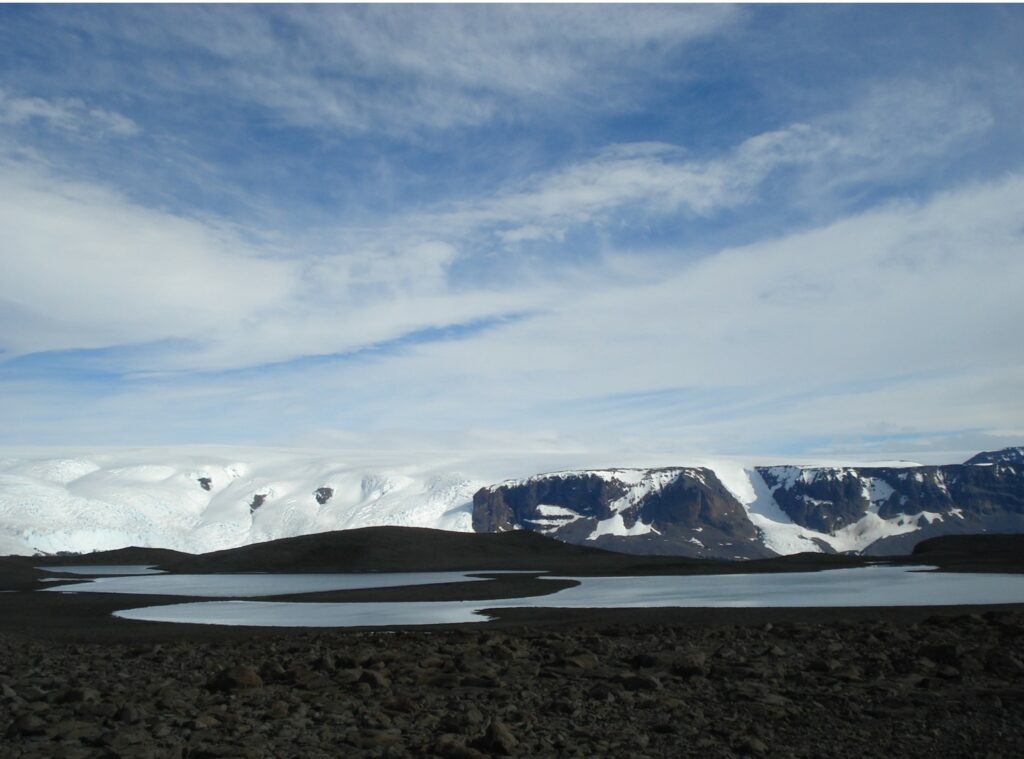
What is the cryosphere?
The cryosphere refers to those parts of the Earth where water is often found in a solid form, and are epitomized by glacier-associated ecosystems in Arctic, Antarctic, and alpine regions. Given ongoing global warming, the cryosphere is rapidly transforming, with major implications for its residents. The DiCE group is interested in the inhabitants of the cryosphere – who is there, how their communities are formed, and how these organisms and their functional process rates will change in the future.



